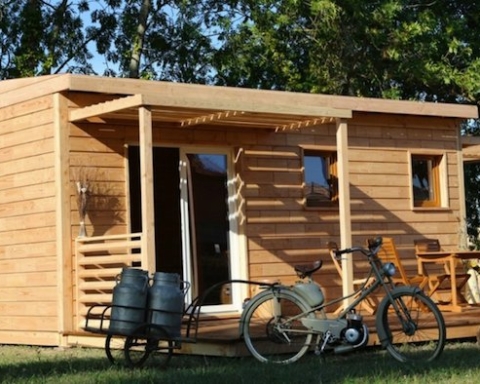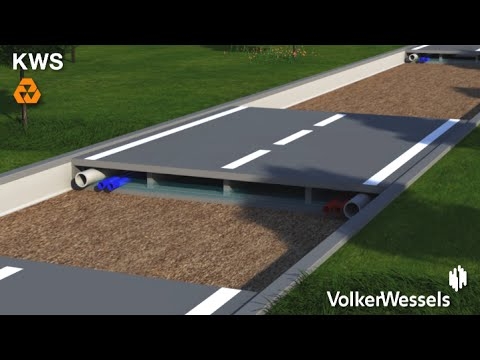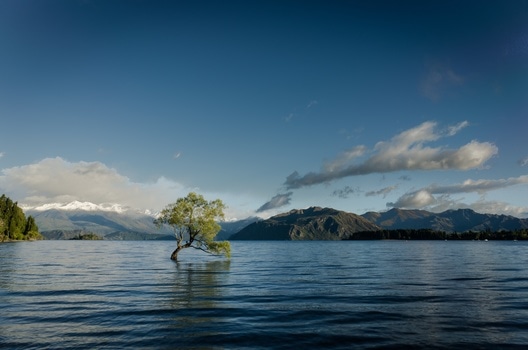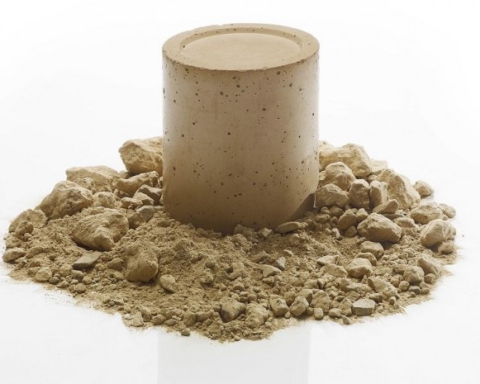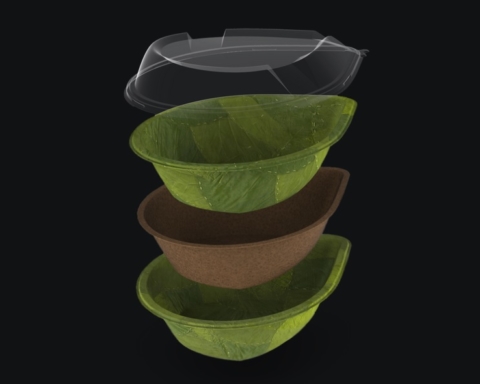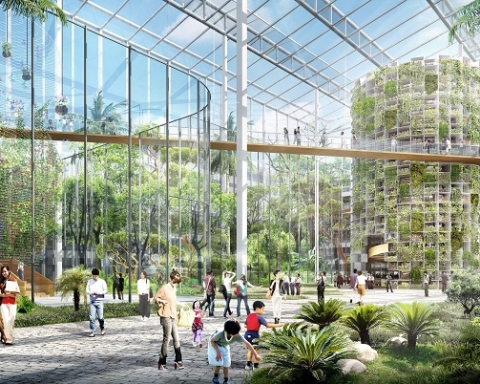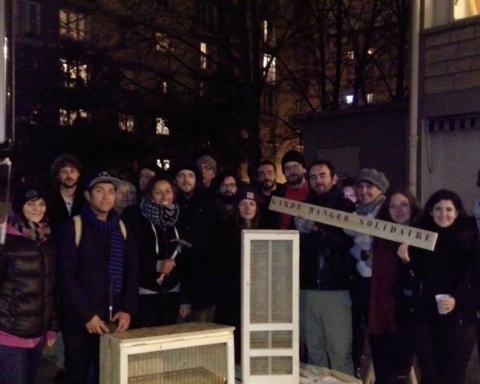At the beginning of June 2016, the river Seine burst its banks, and Paris was witnessing to bewilderment how quickly the water rose up to 6.10 meters. But what was even more alarming, was that the flooding came at the beginning of the summer time instead of the typically expected autumn or winter seasons.
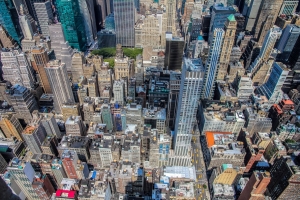 The rapid growth of cities doesn’t only result in demographic and economic novelties, but urbanization brings environmental and climate changes as well. As it’s becoming more common to experience extreme weather conditions, scientists and politicians are tackling the problem with the scheme of “sponge cities”, as discussed by Mark Harris in his article for The Guardian. The new concept of our urban environment suggests that every raindrop is captured, harvested and reused.
The rapid growth of cities doesn’t only result in demographic and economic novelties, but urbanization brings environmental and climate changes as well. As it’s becoming more common to experience extreme weather conditions, scientists and politicians are tackling the problem with the scheme of “sponge cities”, as discussed by Mark Harris in his article for The Guardian. The new concept of our urban environment suggests that every raindrop is captured, harvested and reused.
Nature is accountable for trillions of litres of rainwater annually falling directly onto our cities — all fresh and clean, but, unfortunately, mostly wasted. Instead of letting the rainwater being channelled into the gutters and drains of our cities, sponge cities collect it for diverse uses for their own benefit. From using it to fill their toilet tanks and water their gardens to recharge depleted aquifers and clean their homes, this natural resource can become even more precious, if adeptly processed and served into a glass … of water.
In the long term, sponge cities can perform miracles when it comes to the reduction of carbon emissions and the battling of climate change. For example, think of the already popular rain barrels that are collecting rainwater to carry out everyday home maintenance tasks. On a larger scope, rain barrels can be replaced with rooftop gardens for better results on blocks of flats and offices. Such gardens wouldn’t only help towards the water recycling process, but would also reduce the temperature in the air, consequently reducing the need for the use of air conditioning systems.
According to the 2015 statistics of the World Resources Institute, India, Bangladesh, China, Vietnam and Pakistan are the top five countries in the world that along with 10 other countries account for 80% of the population that is exposed to river flood risk. Thus, for the least developed or currently developing countries, controlling stormwater is an opportunity not only to save water supplies for the future but to prevent the overflow of water when excessive rainfall occurs.
Changde, a city west of Shanghai, has replaced 15% of its hard-standing with bioswales — an environmentally friendly action that has cut its engineering bill for new drains in half. This is a good example of how sponge cities can have a positive financial impact as well. Whether it is rainwater for storage and use during droughts, or whether we are looking into implementing methods that will prevent flooding during unpredictable and unmeasurable rainfall, sponge cities have been invented to make our lives better.
